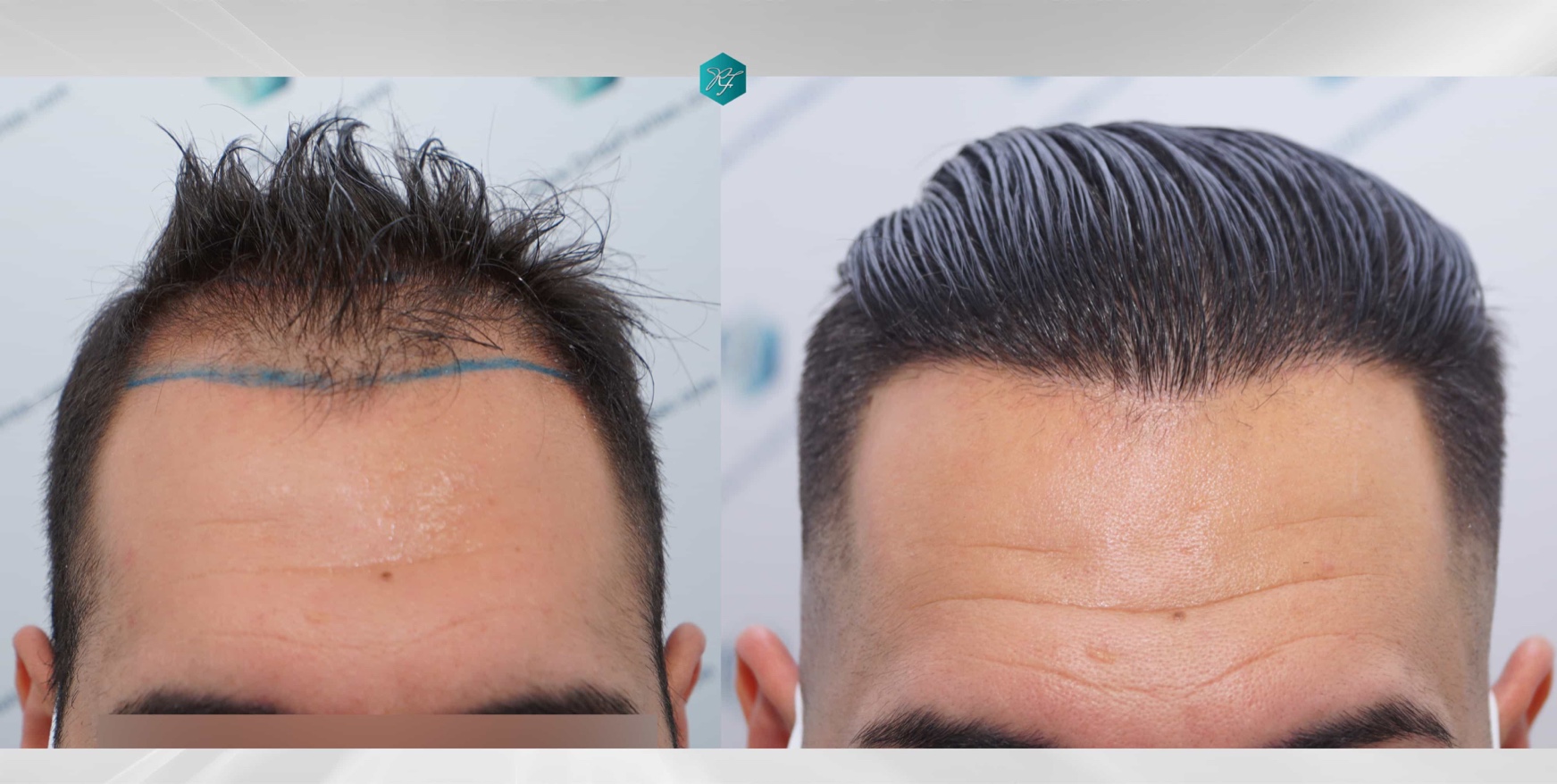
Over the past few decades, techniques used to solve problems related to hair loss have come a long way. From the earliest methods of punch grafts and scalp reduction to the more modern techniques where surgeons can transplant follicular units or perform an eyebrow transplant, the field of hair restoration has made great strides. One of the latest advancements is related to robotic technology. The ARTAS system, for example, uses advanced algorithms and a robotic arm to precisely extract and transplant hair follicles with minimal scarring and faster recovery times. Another newer technique is the use of platelet-rich plasma (PRP) in combination with hair transplant surgery. PRP is a concentrated mix of growth factors and other proteins found in the patient’s blood. When injected into the scalp before and after a hair surgery, PRP can help stimulate hair growth and improve the overall results of the procedure.
Most used treatments for hair loss
There are many treatments available for hair loss, and the most appropriate one will depend on the cause and severity for each patient. Some of the most commonly used treatments include medications such as minoxidil and finasteride, low-level laser therapy, and hair transplant surgery. Minoxidil is a topical medication that is applied to the scalp and is known to help stimulate hair growth. Finasteride is a prescription medication that is taken orally and is used to treat male pattern baldness. Low-level laser therapy uses low-level lasers to stimulate hair growth and improve the overall health of the scalp. Hair transplant surgery involves the movement of hair follicles from one part of the scalp to another to restore hair growth. It is important to consult with a healthcare provider to determine the most appropriate treatment for your specific case of hair loss.
How effective are modern hair surgeries?
Modern hair surgeries, such as follicular unit transplantation and scalp micropigmentation, have significantly improved their effectiveness and natural-looking results. Follicular unit transplantation is one of the most commonly used because it is performed in one day. This procedure is highly effective in treating male and female pattern baldness and can produce natural-looking results. Scalp micropigmentation is a non-surgical technique that involves the use of pigment to create the illusion of fuller, thicker hair. This treatment can be particularly effective for those with thinning hair or scarring on the scalp. Overall, modern hair surgeries have a high success rate and can produce natural-looking results for those seeking to restore their hair growth or improve the appearance of their scalp.
